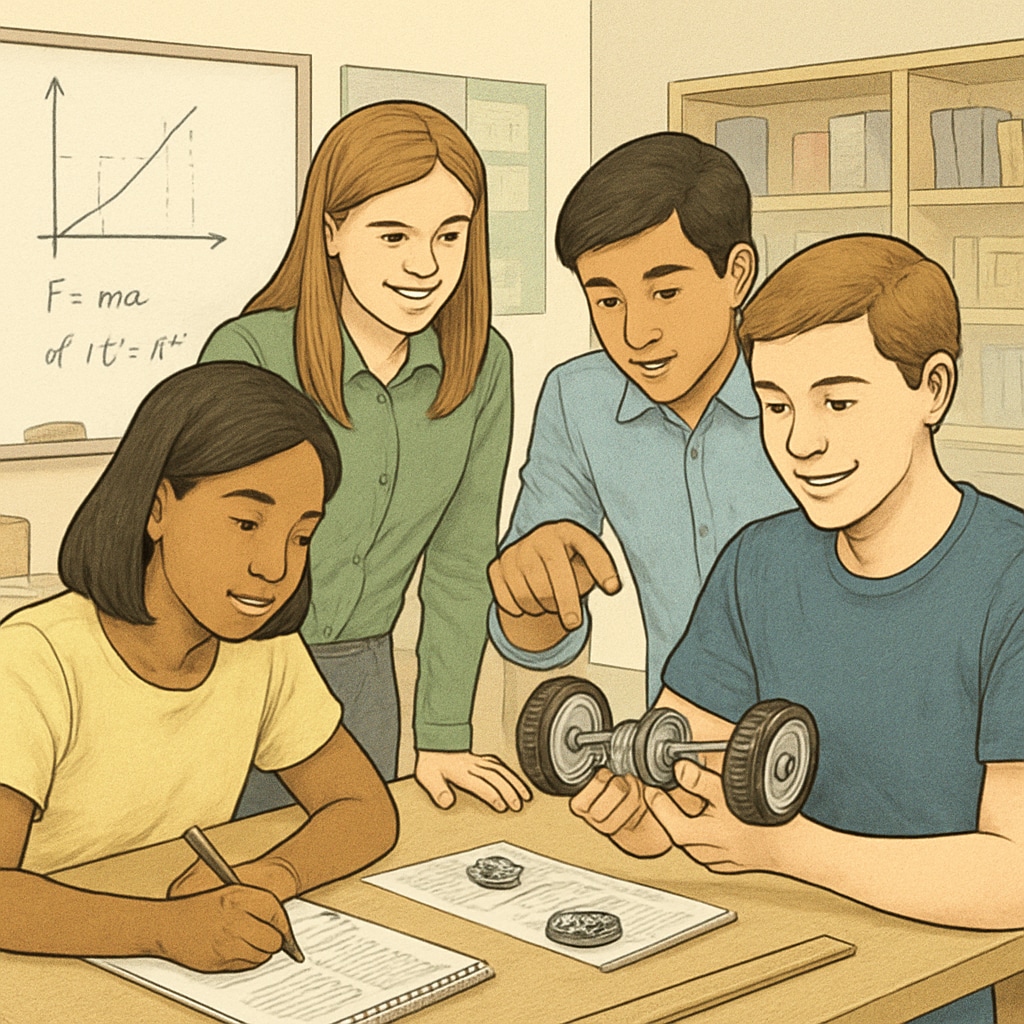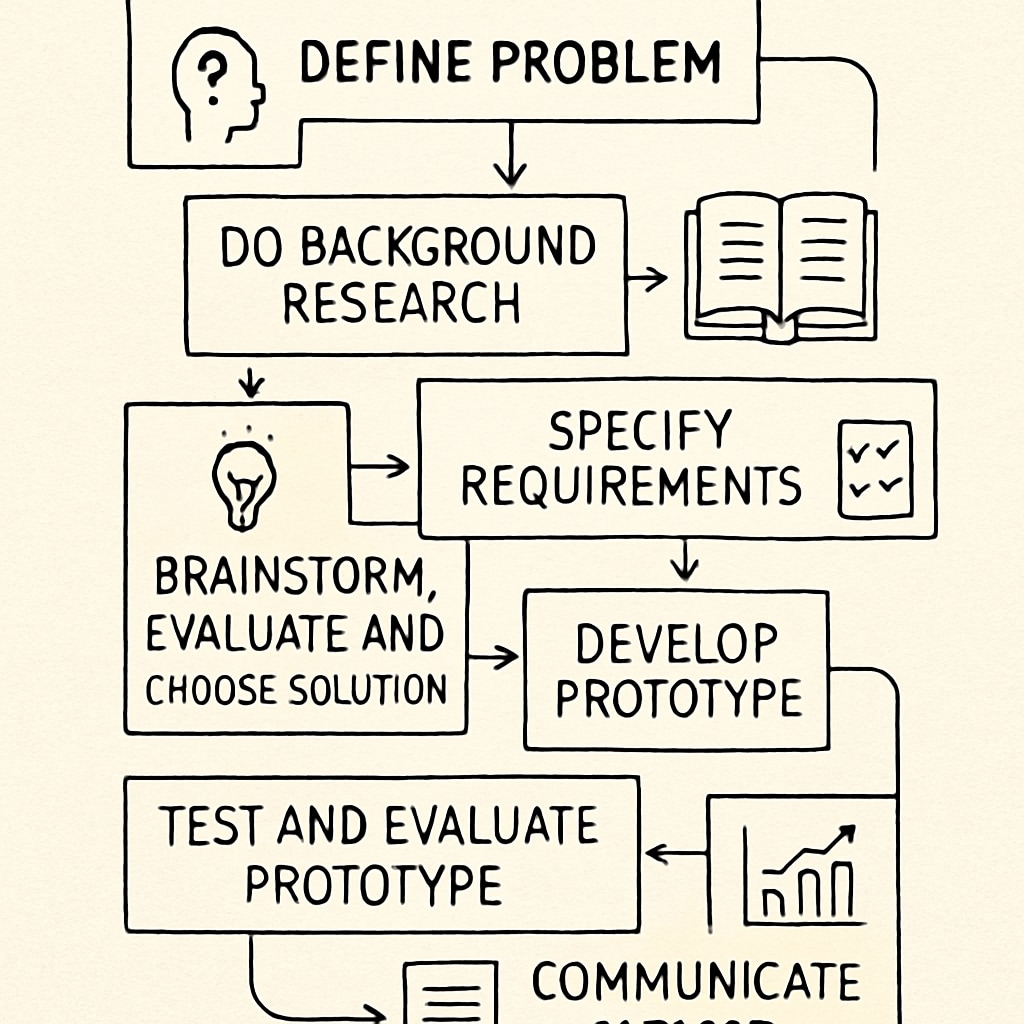The journey from K12 education to mastering engineering design and pursuing a successful career is a pivotal path for many students. Incorporating engineering design, master’s degree insights, and career development strategies during foundational years can significantly shape students’ futures. Early exposure to engineering concepts equips learners with critical thinking, problem-solving skills, and decision-making abilities, providing them with the tools to navigate higher education and professional landscapes with confidence.
How K12 Education Shapes Engineering Design Thinking
Engineering design education at the K12 level introduces students to the basics of problem-solving, creativity, and innovative thinking. These skills are foundational for careers in engineering and related fields. For example, engaging in projects that require iterative design processes teaches students the importance of refining ideas and adapting to new challenges. This approach parallels real-world engineering scenarios, fostering a mindset that is essential for higher education and professional success.

Making Informed Choices: Preparing for Master’s Degrees
As students approach higher education, the decision to pursue a master’s degree in engineering design or related fields becomes critical. K12 education plays a vital role in preparing students for this choice. By introducing students to varied aspects of engineering, such as computational thinking, prototyping, and sustainability, educators can help students identify their passions and strengths. This guidance ensures that students make informed decisions about their academic pathways.
Additionally, integrating career exploration activities, such as internships or mentorship programs, can bridge the gap between education and industry. For example, organizations like Britannica provide valuable resources for understanding the scope of engineering careers, while platforms like Wikipedia offer insights into the engineering design process.

Career Development: Bridging Education and Industry
The transition from education to career requires careful planning and strategic development. For students pursuing engineering design, understanding industry demands is crucial. K12 education can introduce students to real-world challenges through project-based learning, competitions, and interactive workshops. These activities not only enhance technical skills but also build teamwork, communication, and leadership abilities.
Moreover, career development programs focused on STEM (Science, Technology, Engineering, and Mathematics) can complement K12 education. These initiatives provide students with exposure to emerging technologies and sustainable practices, preparing them for dynamic professional roles.
Conclusion: Empowering Future Engineers
In conclusion, K12 engineering design education lays the groundwork for future academic and professional achievements. By fostering engineering thinking, encouraging informed decision-making, and bridging the gap between education and industry, educators can empower students to pursue master’s degrees and rewarding careers in engineering. The path may be challenging, but with the right guidance and resources, students can confidently navigate their options and achieve success.
Readability guidance: Short paragraphs, clear transitions, and actionable insights ensure easy comprehension. Lists, external links, and relevant images enhance engagement and value for readers.


